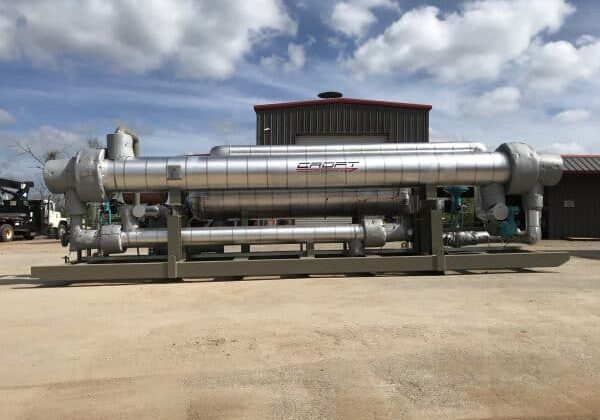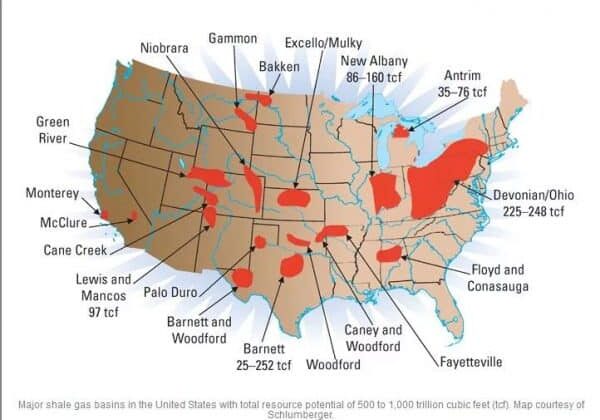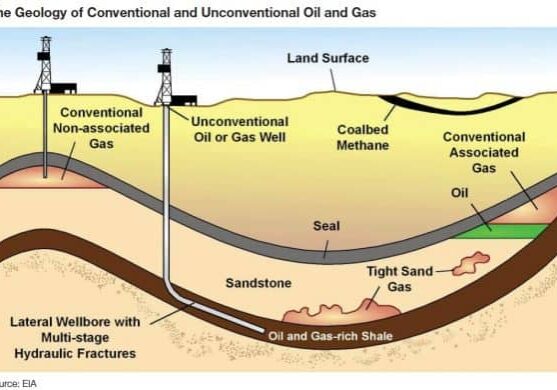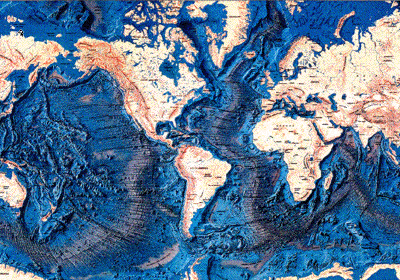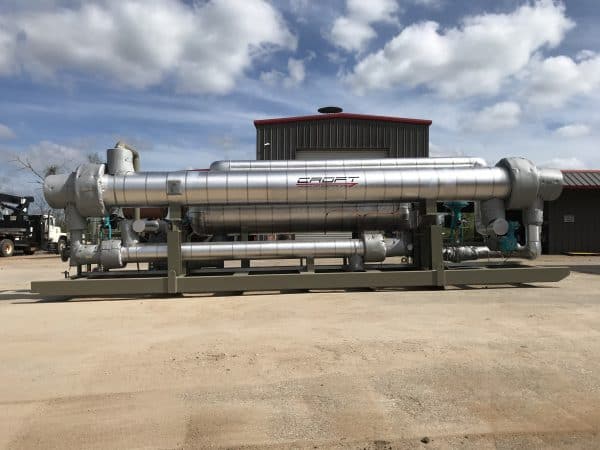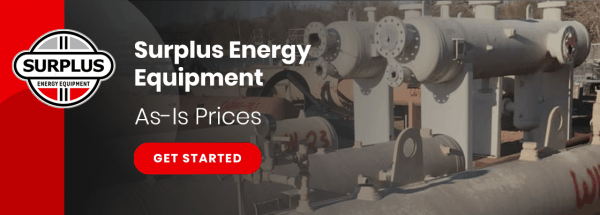What are NGLs?
NGLs or Natural Gas Liquids are heavy hydrocarbons which include ethane, propane, butane, iso-butane, and natural gasoline. These natural gas liquids have a high BTU ( British Thermal Unit) and are not pipeline quality, but they are a very valuable by-product when they are sold separately.
What is the process of removing NGL’s?
The process of removing NGL’s is known as NGL recovery. The amount of NGL’s are measured by gallons per 1,000 cubic feet (gpm), with 1-2 gpm being ‘lean’ or dry, and > 4 gpm being ‘very rich’ or wet. The first step of NGL Recovery is to remove all NGL’s from the natural gas. This can be done with Croft’s JTS, Joule-Thomson System, which removes both heavy hydrocarbons and hydrates. They are removed by cooling the gas temperature, which turns the vapor into liquid for easy removal. The ‘richer’ the NGL’s, the higher the need for the a JT unit which also lowers the gross heating value and removes hydrates.
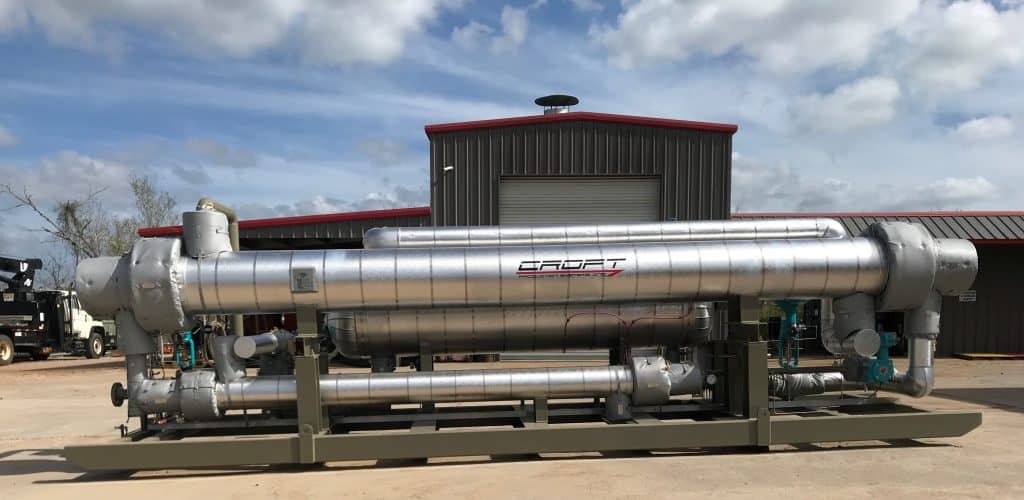
After the NGL’s are removed they are separated into individual products, known as fractionation. Separated NGL’s have a higher selling value, and can be used in a multitude of ways. The equipment used to separate the ethane, propane, butane and pentanes by volatility is known as the fractionator train.
Where are NGL’s used?
The US Energy Information Administration created the following table depicting what each NGL is applied towards, and the end use for the products:
Which Equipment will help recover NGL’s from the gas stream and pipeline?
The Joule-Thomson effect is a change in temperature that accompanies the expansion of a gas without production of work or transfer of heat. At ordinary temperatures and pressures, all real gases except hydrogen and helium cool upon such expansion. CROFT has a system that utilizes a pressure drop to recover valuable NGL’s-the Joule-Thomson System.
Check out our Joule Thomson System Product Video or visit the JT System web page for more info.
*Updated May 2020 by CROFT Representative.

